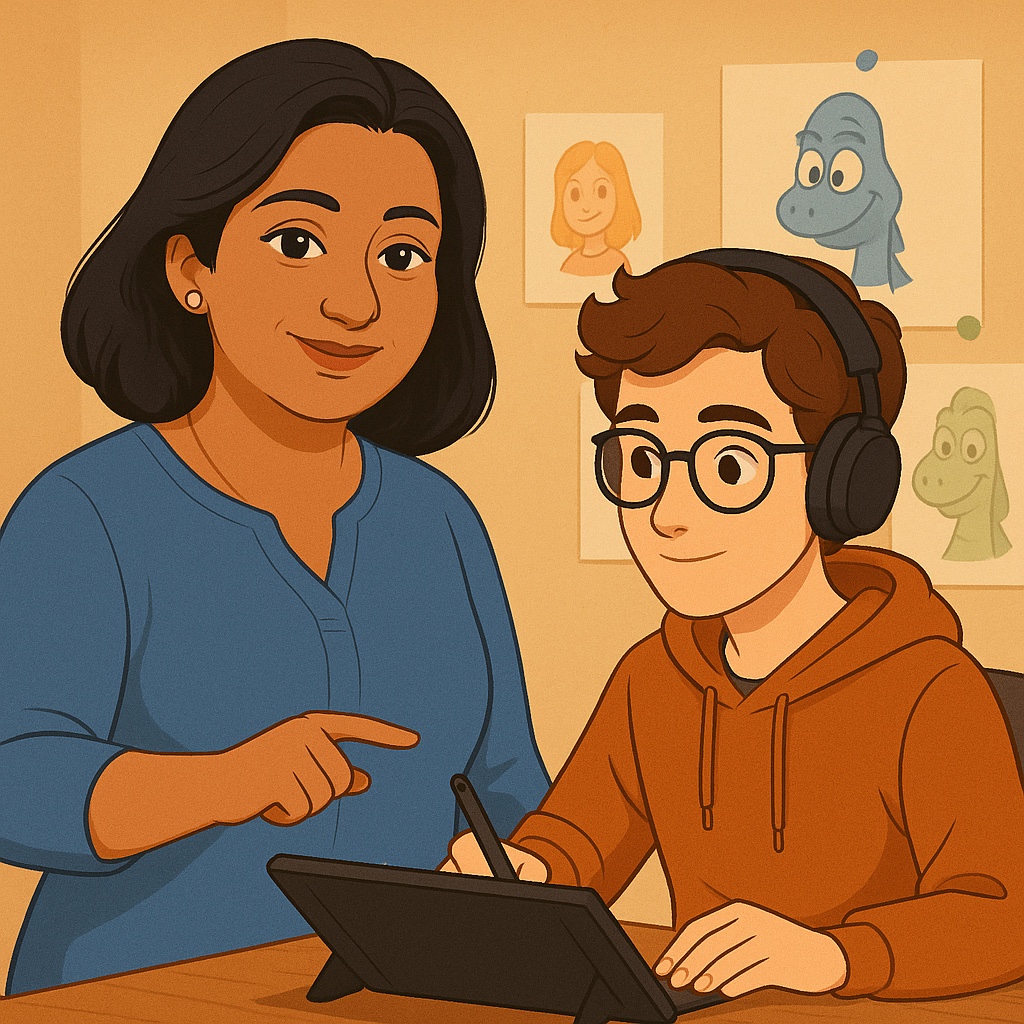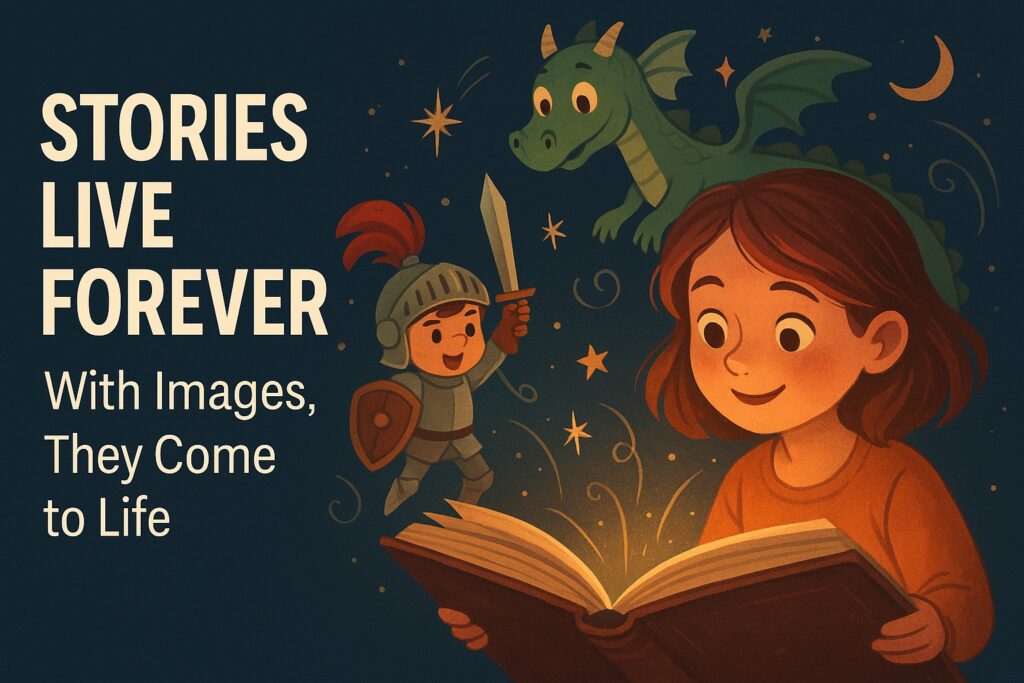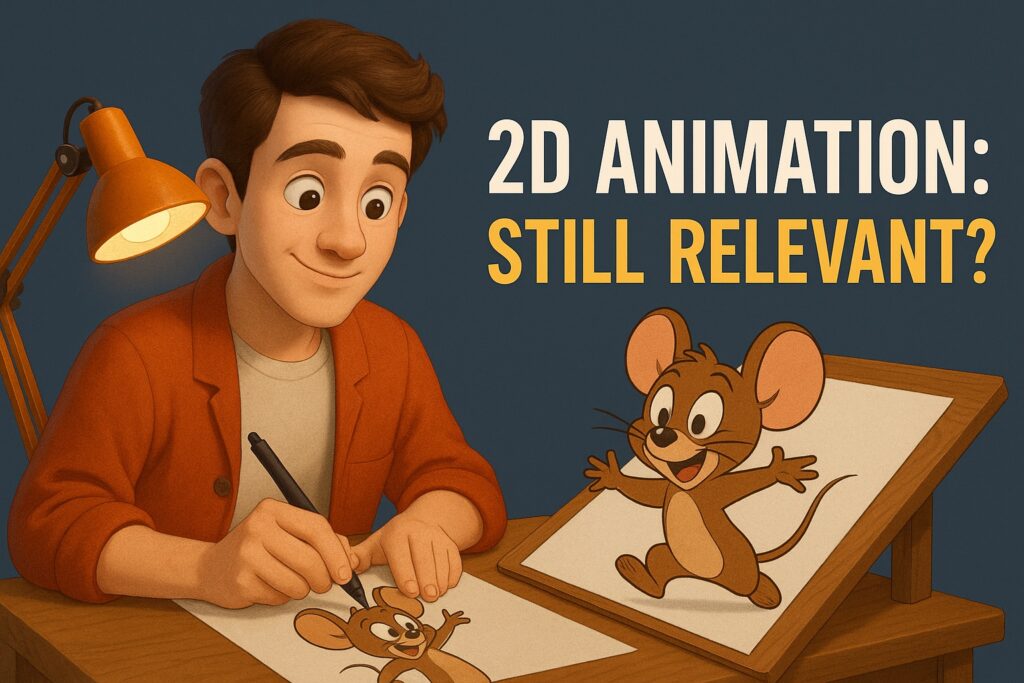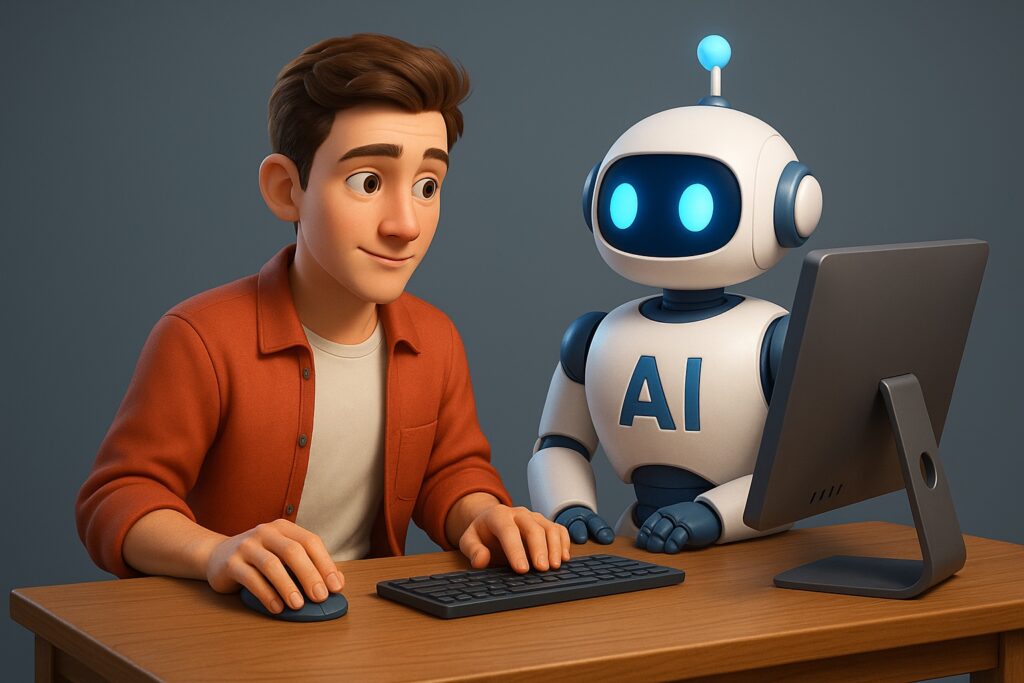Drawing Your Own World in Animation- Raa Raa Ramya

As an author, I live in words. As a director, I dream in scenes. But when those dreams meet the hands of an animator, magic happens. At Savaya Innovations, I don’t just write stories — I guide them toward becoming living, breathing worlds. And that begins with a blank screen… and a passionate animator ready to draw. As Antoine de Saint-Exupéry wrote in The Little Prince, “What is essential is invisible to the eye.”But in animation — we make the invisible visible. From Manuscript to Motion Every story I write begins with intention — a message, a moment, a meaning.But it’s the animator who translates that into movement. When I write, “A nervous child hesitates before speaking,” it’s not just a line — it’s a gesture, a pause, a subtle blink. That’s the kind of visual storytelling I direct my animators toward. I often say:“Don’t just draw what I wrote — draw what the character feels.” World-Building is a Team Sport As an author, I may envision a mystical classroom, a drifting cloud town, or a talking railway.But it’s the animator who decides how sunlight filters through the trees, how the characters walk, or how an eyebrow flickers during doubt. Together, we’re not just animating scenes — we’re constructing immersive experiences.Every leaf, cloud, and expression becomes part of the emotional architecture. Look at Inside Out or Coco. Writers built the heart — but animators built the heartbeat. Draw with Emotion, Not Just Accuracy My direction to animators is always this:Make it real, even if it’s imaginary. Some of the most powerful moments come from sketches that don’t need words — just authentic emotion.You don’t need a monologue when the silence can speak through posture, breath, and gaze. That’s when you know it’s not a cartoon anymore — it’s a mirror to the human spirit. Bottom Line Authors may craft the soul of a story. But animators?They give it form, movement, and voice. Together, we don’t just create content —We shape childhoods, spark empathy, and paint futures. 🎨 “A writer dreams. An animator dares to draw that dream into life.”
Stories Live Forever – With Images, They Come to Life

Before cinema, there were shadow puppets. Before podcasts, there were campfire tales. Storytelling has always been at the heart of human connection. But when those stories are paired with images, something magical happens—they don’t just entertain… they live on. As author Philip Pullman once said, “After nourishment, shelter and companionship, stories are the thing we need most in the world.” The Visual Hook Science tells us that humans process visuals 60,000 times faster than text. When stories are visualized—whether through books, animation, or even simple sketches—the audience connects instantly. That’s why shows like Peppa Pig, Chhota Bheem, or The Jungle Book stick with kids long after they’ve outgrown them. The story may fade, but the visual memory stays. Stories Become Characters Think about Winnie the Pooh, Doraemon, or Simba. They are more than drawings—they’re friends, mentors, and memory holders. A well-designed character in animation can carry morals, culture, and emotions across generations. Even brands rely on storytelling in animation—Pixar’s Luxo Jr. isn’t just a lamp, it’s a symbol of wonder. Storytelling in Education At Savaya Innovations, we use animated stories to teach empathy, curiosity, and life skills. Why? Because a child may forget what a teacher said—but not what a character felt. When Raa Raa, Samba, or Cutie face challenges in Jungle School, they’re not just animals—they’re mirrors of real emotions children relate to. The Future is Immersive Now, with AR, VR, and AI, stories are stepping off the page into new realities. Still, the soul remains the same—a compelling narrative wrapped in meaningful visuals. As Neil Gaiman said, “Stories you read when you’re the right age never quite leave you.” That’s why at Savaya, we don’t just tell stories—we design experiences that last. Bottom Line Stories are eternal—but images give them form, face, and flight. When paired together, they become unforgettable. 🖌️ “The most powerful person in the world is the storyteller.” – Steve Jobs
How to Shape Yourself as an Animator

Behind every dancing cartoon, expressive jungle animal, or bouncing bubble letter is an animator who dared to imagine. But great animators aren’t born — they’re shaped. So how do you shape yourself into one? Animation is not just a skill, it’s a discipline—a blend of art, patience, storytelling, and tech-savviness. Start with Observation The first step to becoming an animator is learning to see. Observe movement in people, animals, leaves, water, and even shadows. As legendary Disney animator Glen Keane said, “To draw something well, you must understand it better than anyone else.” This habit of observation turns into a muscle—the one that breathes life into still images. Learn the Craft (Not Just the Tools) Master the 12 Principles of Animation—timing, squash and stretch, anticipation, etc.—before you master software. Tools change, but the principles don’t. Start with hand-drawn exercises, flipbook sketches, or simple frame-by-frame animation before jumping into Adobe Animate, Toon Boom, or Blender. Remember what Hayao Miyazaki once said: “Computers don’t create animation—people do.” Build a Routine Consistency is key. Spend at least 1 hour a day animating or studying animation. Break it down: This routine will shape both your eye and hand. Find Your Voice Don’t chase trends. Whether you’re into 2D edutainment or stylized shorts, let your content reflect who you are. That’s how artists like Gitanjali Rao or Nick Park (of Wallace & Gromit) made their mark—by staying unique. In Savaya’s “Kids Animations,” our animators create stories that not only entertain but educate. Each one reflects their personal storytelling flair. Bottom Line To shape yourself as an animator, be willing to stay curious, stay consistent, and stay connected to your creative core. Animation is not just a career—it’s a calling to move the world, frame by frame. 🎨 “Animation is about creating the illusion of life. And you can’t create it if you don’t have one.” – Brad Bird
2D Animation: Still Relevant or a Thing of the Past?

Walt Disney once said, “Animation can explain whatever the mind of man can conceive.” And for decades, that imagination lived vividly through 2D animation. But in a world saturated with hyperrealistic 3D visuals and AI-generated assets, is there still a place for traditional 2D animation? Let’s set the record straight: 2D animation is far from dead. In fact, it’s evolving—blending tradition with technology, charm with innovation. Rediscovering the Magic Whether it’s The Lion King (1994) or Spirited Away, 2D animation has emotionally moved audiences across generations. Unlike 3D, where realism is the visual focus, 2D thrives on stylization, rhythm, and timeless character expression. In recent years, studios like Studio Ghibli, Cartoon Saloon, and Netflix’s Klaus have reignited the global appetite for 2D. Even Disney is returning to its roots with new 2D projects under development, realizing that nostalgia, emotion, and hand-drawn aesthetics are irreplaceable. The Budget-Friendly Backbone 2D animation is also a practical choice for indie studios, edutainment creators, and educational platforms like ours at Savaya Innovations. It allows more flexibility, faster iteration, and lower production costs—perfect for LMS-integrated content, explainer videos, and children’s stories. Famous Indian animator Gitanjali Rao once said in an interview, “2D allows the emotion to linger, to breathe.” That lingering emotional quality is why 2D is still preferred for storytelling with depth—especially for younger audiences. Hybrid is the New Future Modern tools like Toon Boom Harmony, Adobe Animate, and RoughAnimator allow 2D artists to blend traditional techniques with digital enhancements. Hybrid animation styles—combining 2D and 3D—are now leading in films, games, and educational apps. Even blockbuster shows like Arcane (Netflix) use layered 2D techniques on 3D environments for a painterly feel that’s hard to ignore. It’s not about 2D vs. 3D anymore—it’s about when and how to use them together. Bottom Line 2D animation isn’t vanishing—it’s evolving. It’s still the heartbeat of storytelling for many animators, studios, and educators across the globe. At Savaya Innovations, we believe that while trends may come and go, emotion never goes out of style. 2D animation continues to connect deeply with audiences—because it doesn’t just show a story, it feels like one. 🎬 “Old ways won’t open new doors… unless they evolve.”
The Evolution of Content Development After AI

We’ve entered a world where content creation is no longer bound by physical limitations or time-consuming processes. The rise of artificial intelligence has not only streamlined workflows but also reshaped the very soul of storytelling, design, and educational animation. But does this mean human creativity is becoming obsolete? Not even close. As Albert Einstein once said, “Imagination is more important than knowledge.” AI may be the engine, but imagination still holds the wheel. From Hand-Drawn to Machine-Aided In the early 2000s, 2D animation studios still relied heavily on manual drawing and scanning, frame by frame. Fast forward to today, AI tools like Adobe Firefly, DALL·E, and Runway ML allow creators to auto-generate backgrounds, assist in lip-syncing, or even suggest scripts based on prompts. This is not just a shift—it’s a renaissance. Democratization of Creation AI has lowered the barrier to entry. A school teacher can now use tools like RISE or Genially to create animated edutainment modules. A solo animator can compete with a studio using AI-assisted rigging and compositing. As Chris Do, Emmy award-winning designer and educator, said, “The future belongs to creators who can collaborate with machines, not compete against them.” Replacing Repetition, Not Originality AI shines when doing the “boring stuff”—cleaning up audio, automating subtitles, resizing templates. But it cannot replace the emotional intelligence that builds character arcs or the cultural sensitivity required to write for children. Think Pixar’s “Inside Out.” An algorithm can mimic, but not feel. Real-time Collaboration Platforms like Fable Studio and Inworld AI are creating interactive storytelling with real-time feedback. In education, this means animated characters can now respond to kids with empathy, in multiple languages, and still retain the storytelling magic. AI is not replacing animators—it’s evolving them into experience designers. Bottom Line AI is not a threat to content developers—it’s their most powerful sidekick. The key is not just to adopt AI, but to guide it with human emotion, storytelling ethics, and cultural understanding. As Savaya Innovations continues to bring stories to life through “Kids Animations,” we believe the future is collaborative: Humans craft the soul, AI shapes the form. 🧠 “Technology alone is not enough. It’s technology married with liberal arts and the humanities that yields us the results that make our hearts sing.” – Steve Jobs
